Ice in single malt scotch is one of the world’s most debatable issues – it may not be up there with nuclear disarmament and human cloning, but it is controversial nonetheless. Some swear by the addition of ice in the most expensive scotch, claiming that a welcome drop in temperature affords the spirit a smoother, cleaner taste. But others consider those it neat, and some put judge ice in scotch making it more devastating than an oil spill in the ocean.
Scotch is a privilege not only because of its high price, but also due to its heritage. These aspects are backed by unique and precious aromas featured by its types. Thus, while enjoying the Golden Drink, its taste is what that becomes the top priority. Its aroma, the flavor and lastly, the "feel" of the drink is all you cherish. This is the reason, experts are almost annoyed when they confront the question of adding ice or mixtures to Scotch. The equation is simple, it is the aroma that makes Scotch expensive and they might turn only to your regrets if you destroy its very taste, knowingly or unknowingly.
No Ice, No Mixtures The rule here is straight; No Ice and No Mixtures with Scotch. It would only dull the flavor and deny the actual taste. Yes, nobody has the right to dictate how to drink your whiskey. It is just an informal suggestion. In fact, adding ice to Scotch reduces its temperature and it freezes the aroma. Thus, it makes the taste dull reducing the flavor. Scotch without ice and with ice always tastes much different and the former is by far, the better. Still, if
drinking whiskeys with ice is a style statement for you, try it with decent blends like Johnnie Walker. Adding ice to a Dram of Mallacan can be nothing more than wasting that precious drink. The same is with Mixtures. Adding soda water or fruit juice would only alter the flavor and transform your Scotch to just another drink.
Only Water Now comes water. It has been always a highly controversial issue for Scotch noobs. According to experts, Scotch should be always neat, but some argue, adding a little water makes it more perfect. It is widely believed that Scotch should be diluted with one-fifth water of its volume. However, adding water also depends on the blend because some Scotches are just perfect without it. Also, it is believed that water dilutes the drink and prevent it from numbing our senses.
The Science A little water is said to "open up" the Scotch. When it is added, a chemical reaction occurs between water and amino acids in the liquid. They produce esters, which are the flavor compounds transforming into aromas. Thus, adding water could bring out the hidden flavors of the Scotch and compliment its taste incredibly. Here, the type of water is important. Tap water should be avoided. It contains chlorine and it spoils the taste. The best choice is natural and pure stream water devoid of chemicals. In Scotland, bars
serving scotch always keep barrels of clean spring water, especially for the purpose. The water should be not hard and also not soft. Using mild bottled mineral water or bottled spring water are good options. It should be always at room temperature. The choice of
how to drink is always a personal matter. Drinking Scotch depends on person to person and a standard rule is certainly not appropriate in this context. Still, a little "traditional know-how" is always handy.
Adding things to most expensive scotch is all about experiencing it in a new way. Some scotch really benefit from a bit of water. Some people prefer to dilute their spirits a bit. Adding filtered water vs. tap
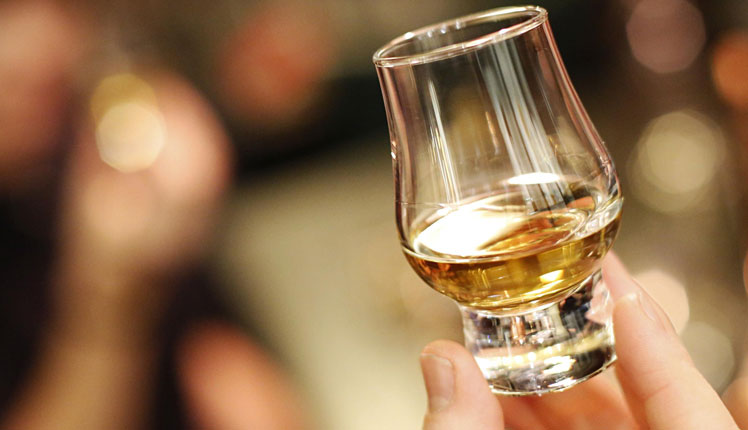
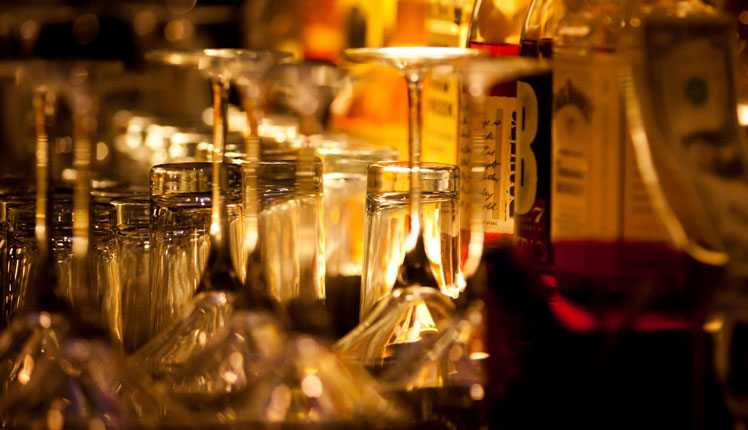
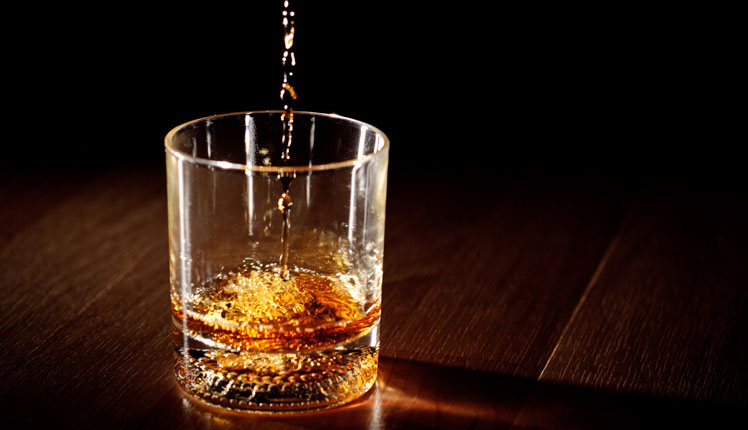

.png)

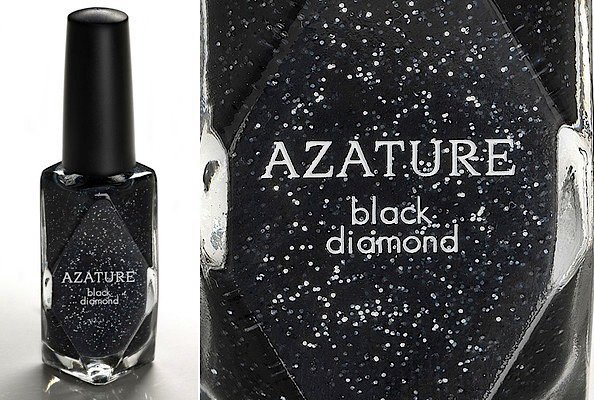
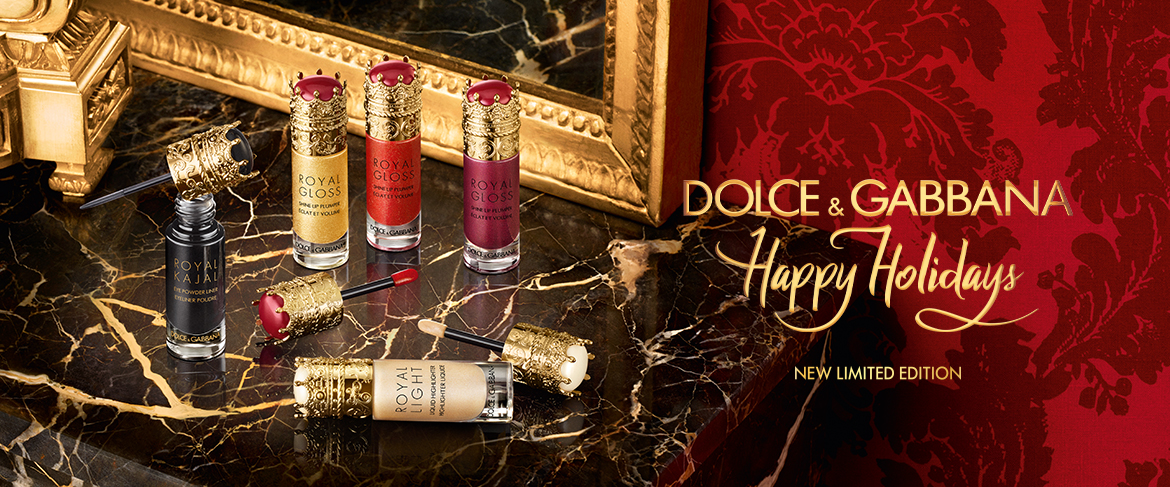
.jpg)
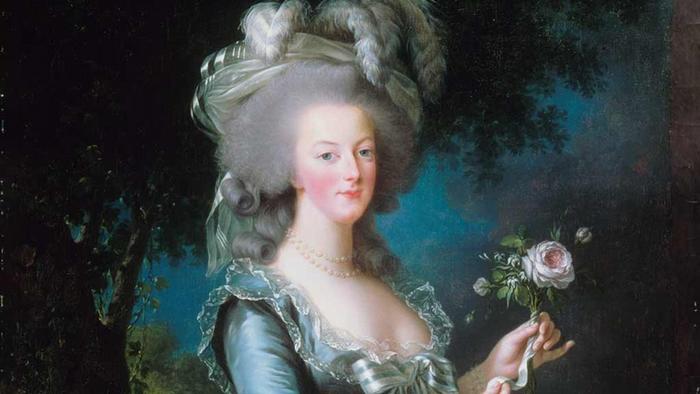
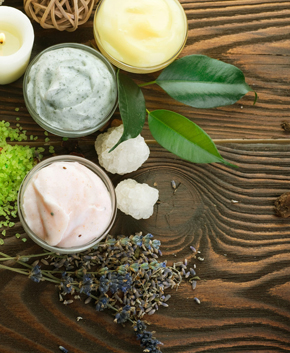
.jpg)


.jpg)






